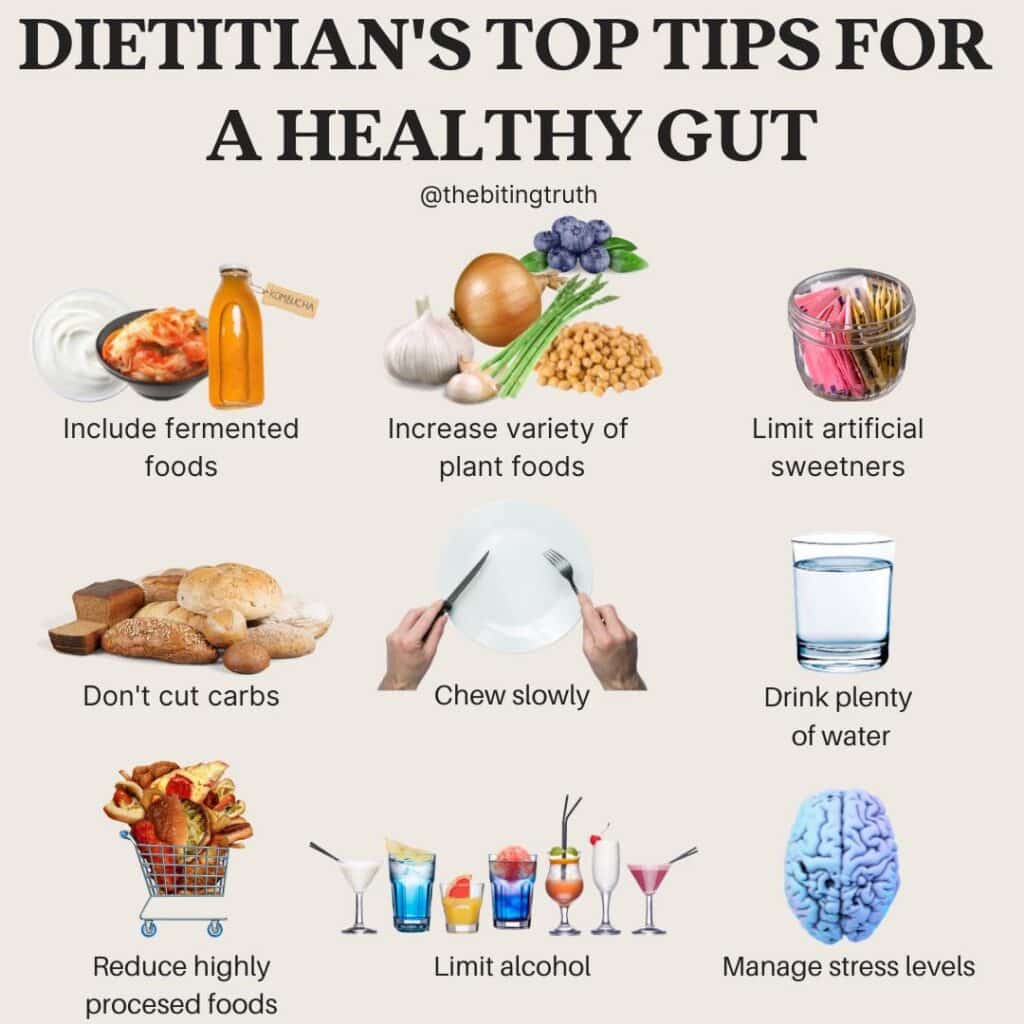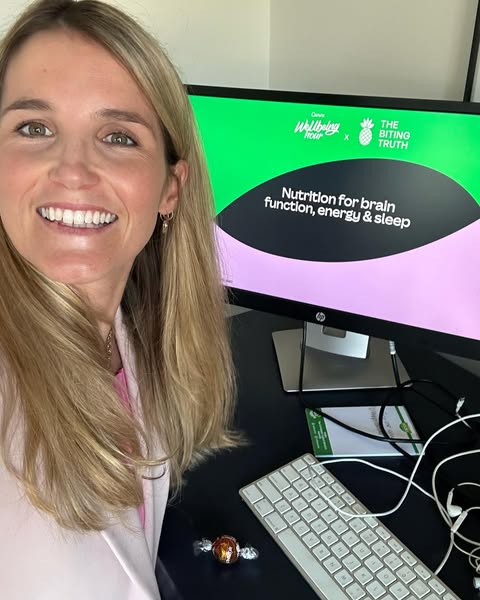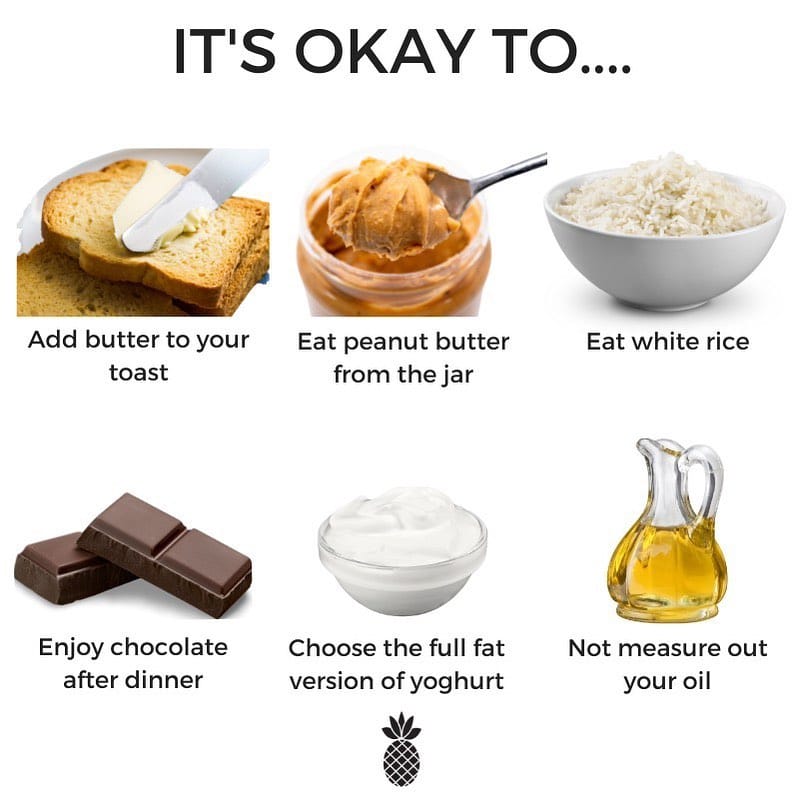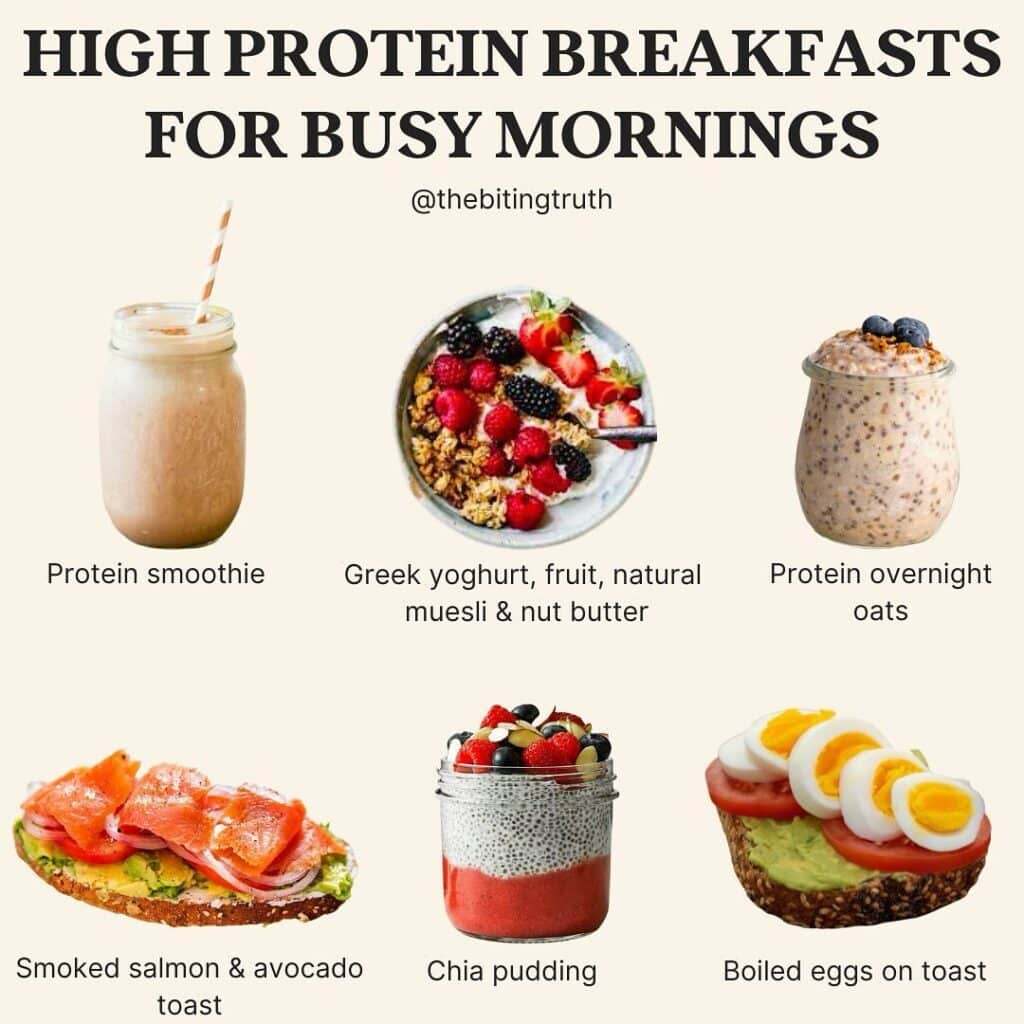Whether you’ve made the switch to a plant based diet for health, ethical or cultural reasons, it’s important to understand how this dietary change impacts your overall health and ensure you’re not missing out on any essential nutrients.
One thing we find people tend to do when they switch to a more plant-based diet is they simply cut out the meat component (aka red meat, chicken or fish) and replace it with more vegetables. However, if you do this, it is likely you won’t be getting enough protein. When you cut back on meat, it’s important to actually replace this with some good quality vegetarian protein sources.
When it comes to vegetarianism, there are many different interpretations and approaches to the diet. Put simply, vegetarianism is best described as a diet that is predominantly plant food based and free of meat, poultry and fish.
A Flexitarian Diet on the other hand is a way of eating that is mostly vegetarian, with the occasional inclusion of meat, poultry and fish. The real beauty of flexitarianism is that it’s not prescriptive at all – it’s totally up to you to choose how much meat you eat. The basic principle is to be conscious of your diet, reduce your meat intake and increase your consumption of veggies, fruits, legumes, nuts and whole grains. Read why we choose to follow a Flexitarian Diet here.
Protein is a key part of a healthy diet, however, it can be tricky to achieve your daily quota as a vegetarian or vegan without paying careful attention to what you’re eating. To understand why protein is so important you need to understand what protein is and its function in the body.
Protein is made up of smaller units called amino acids. Amino acids make up the structural foundation that support muscles, brain, our skeletal system and entire metabolism. Your brain, heart, muscle cells and even your digestive system need good quality proteins in your diet to function properly.
The good news is that protein is found in a wide variety of foods – not just animal based products. The main difference between animal and plant proteins are their amino acid profiles. More specifically, plant and animal based proteins differ in their ‘essential’ amino acid content. Essential amino acids are a group of amino acids which cannot be produced by our bodies, and hence we must obtain an adequate supply of all of these from our diet. All animal based proteins (e.g. red meat, chicken, fish, dairy) are referred to as ‘complete proteins’, meaning they contain all the essential amino acids your body requires.
Plant-based proteins (e.g. tofu, legumes, nuts, seeds) on the other hand, are known as ‘incomplete proteins’ as they contain most, but not all of the essential amino acids. For example, beans lack the amino acid methionine yet are packed with lysine; while lysine is lacking in rice and wheat. Therefore, as long as you include a variety of plant-based protein sources in your diet, you can rest assured you will receive all the amino acids your body requires.
As long as you enjoy a healthy, balanced diet, you will have no problem meeting your nutritional needs for optimal health on a meat-free diet.
In Australia, adults are advised to aim for between 0.8g – 1.2g of protein for each kilogram they weigh. To put this into perspective, a person weighing 70kg would be aiming for somewhere between 56 – 84g protein per day. This however, doesn’t require you to consume all of your protein needs in one meal. It’s best to spread protein intake throughout the day and aim for a good source at each meal.
Your protein requirements will vary over your lifetime and depend on your individual circumstance. For example, a more active person, such as an athlete in training, will require more protein than someone living a sedentary lifestyle, so it’s important to adjust your protein intake accordingly.
If you don’t like the idea of counting your protein gram for gram, the other way to make sure you’re achieving adequate intake is to aim for around ¼ of your plate at breakfast, lunch and dinner to be made up of good quality proteins. Keep in mind, when selecting a ‘good’ quality protein, look for wholesome foods with no hidden nasties (e.g. high sodium, sugar, saturated or trans-fat).
To give you an idea of the protein content of various foods see below
Animal-based protein sources:
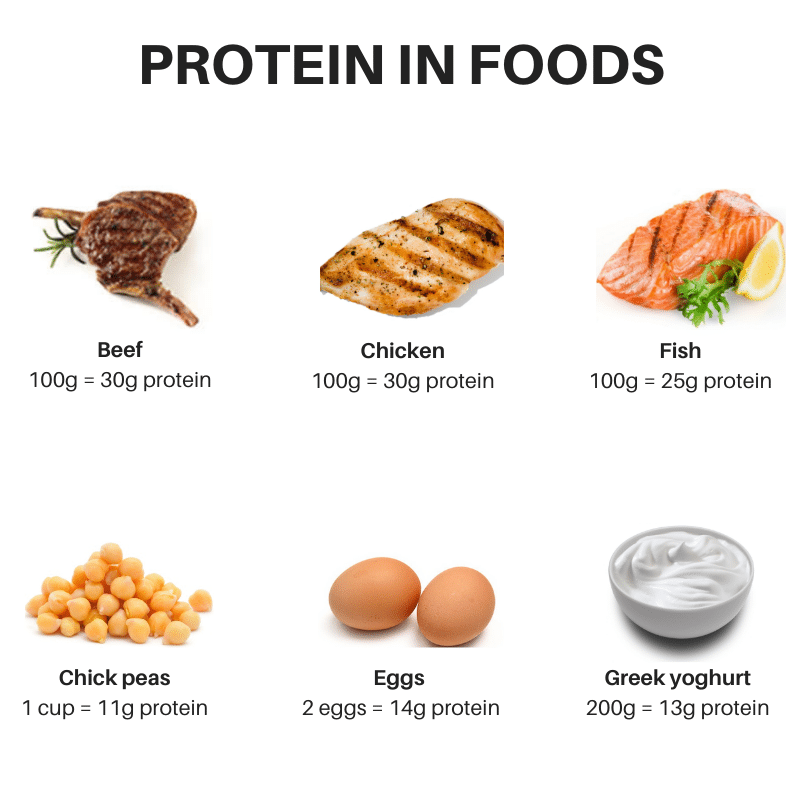
Plant-based protein sources

—
Notes
